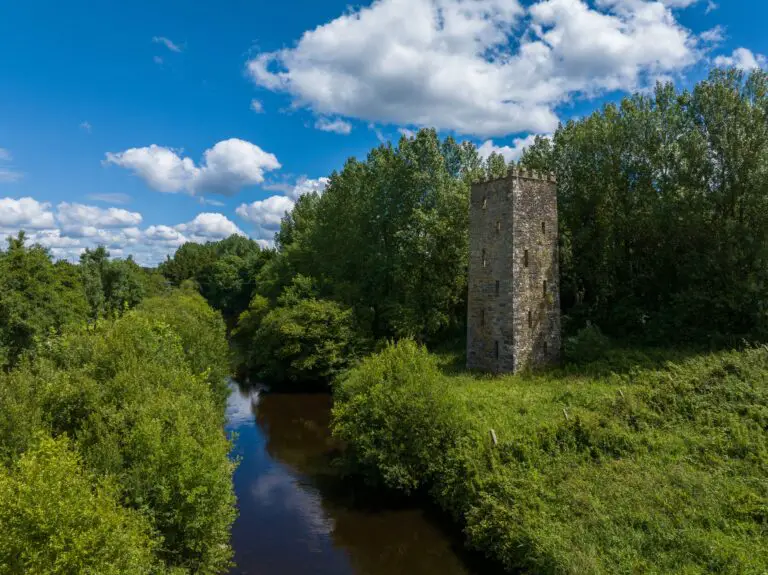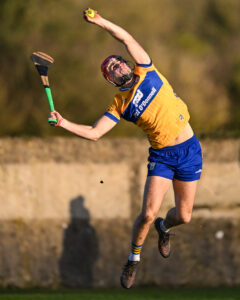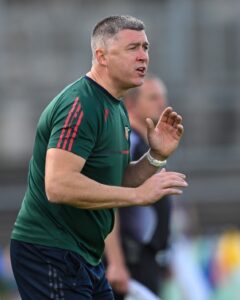*Lough Graney.
WATER QUALITY in four East Clare rivers is ‘mixed’ according to a new publication by the Waters of LIFE programme.
A summary of water quality for its Graney demonstration has been produced under the EU-funded project. The sub-catchment includes the Graney, Dromindoora, Bleach and Corra rivers as well as Lough Graney and Lough Atorick.
Census data indicates about 1,350 people live in the area including residents of Flagmount, Caher, Killanena and Dromindoora.
A public meeting will be held in Flagmount Community Centre on Wednesday September 4th at 8pm to present an update on water quality and the project’s approach to catchment management. The project’s summary is based on Environmental Protection Agency (EPA) data and a catchment assessment by the Local Authorities Water Programme (LAWPRO).
The EPA have assigned good ecological water quality status to the Dromindoora, Corra and Bleach rivers. The Graney is a mix of good and moderate water quality. All rivers with moderate water quality need to be restored under Ireland’s legal commitment to the EU Water Framework Directive.
Waters of LIFE will be working to restore sections of the Bleach, Corra and Graney rivers to high status water quality. However, five of the eight sections are at risk of not meeting their objective, according to an EPA. These include all three sections of the Graney river.
Project Manager with Waters of LIFE Anne Goggin explained, “We chose the Graney as a demonstration sub-catchment because it has the potential to be among the best in the country for water quality status. It had high status previously and we’ll be working with landowners to try and get that back.
“Forestry is another reason we chose the Graney. Around 40% of the sub-catchment is forested. We had good discussions about local issues and pressures at our drop-in consultations in Flagmount last month. Water quality in the area is a mix of good and moderate. We’ll be working to protect some areas and improve others but there are risks there based on the issues and pressures identified. We’re hoping for a big turnout at our public meeting on September 4th. Working with the community is vital for our catchment management plan,” she added.
The LAWPRO assessment found that too much fine sediment was an issue in the Graney sub-catchment. Fine sediment occurs in nature, but too much of it in the wrong place can suffocate a river. It clogs up stony river beds and stops fish and other animals from reproducing. Fine sediment can also carry nutrients that cause eutrophication – the growth of too much algae and other plants in rivers.
LAWPRO also identified forestry and the presence of man-made barriers as pressures in the area. Forestry works, such as planting or felling, can increase soil erosion and the amount of fine sediment and nutrients entering rivers.
Waters of LIFE works with project partners to protect and improve water quality. They include LAWPRO; Department of Housing, Local Government and Heritage; Coillte; EPA; Department of Agriculture, Food and the Marine; Teagasc; the Office of Public Works; Forest Service and LEADER companies including Clare Local Development Company.
The project is aiming to support landowners with measures that work both for water quality and their land-use while helping communities to understand the importance of water quality. Their goal is to inform future policy for long-term impact at a national and EU level.
They also support LAWPRO’s Blue Dot Programme to look after Ireland’s best quality waters. These are water bodies with a high-status objective for water quality. Blue Dots represent about 10% of all the water bodies in Ireland.
Waters of LIFE has five demonstration sub-catchments across Clare, Galway, Roscommon, Cork and Wicklow. They are currently hiring an aquatic ecologist to work in the Graney sub-catchment.











